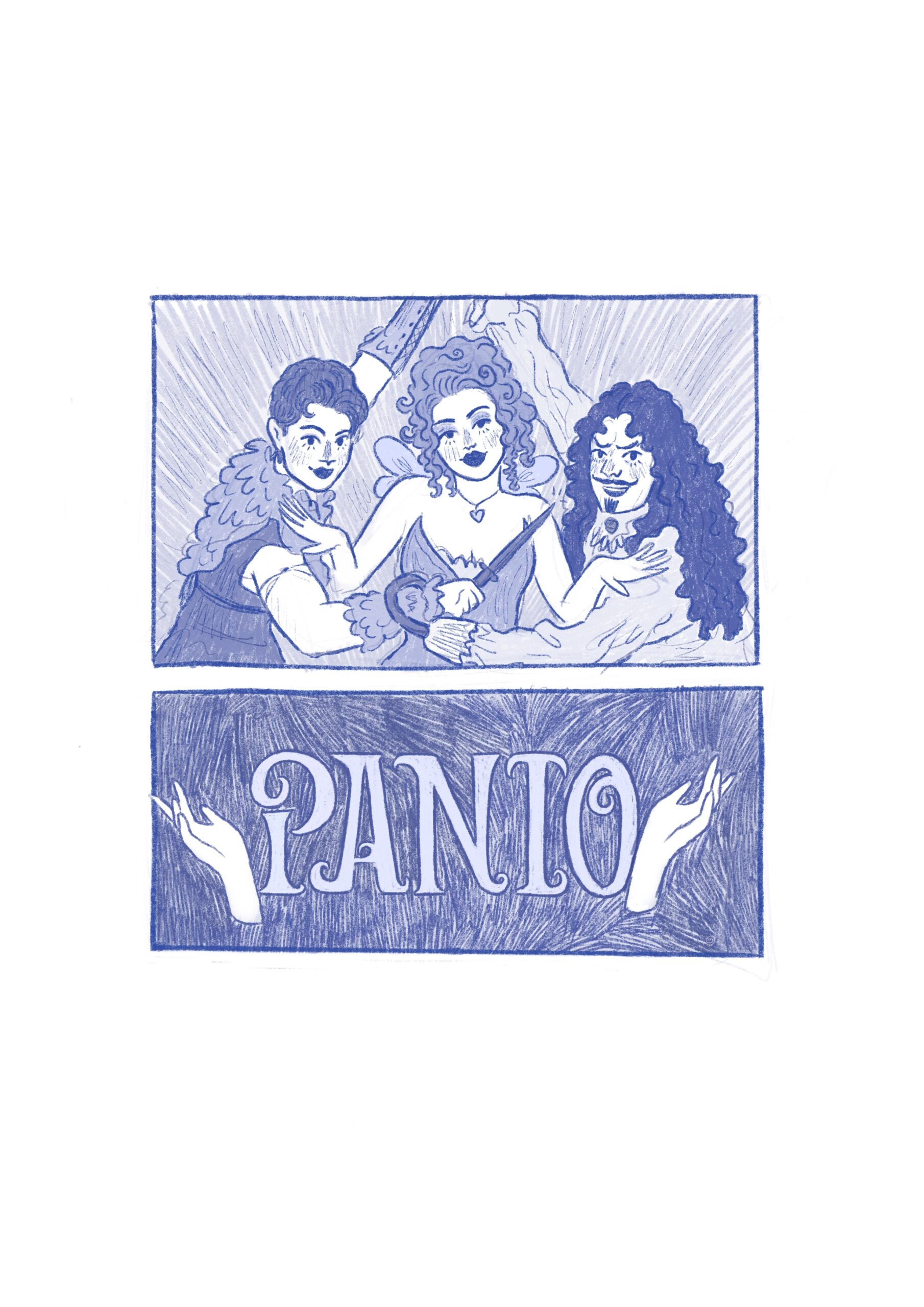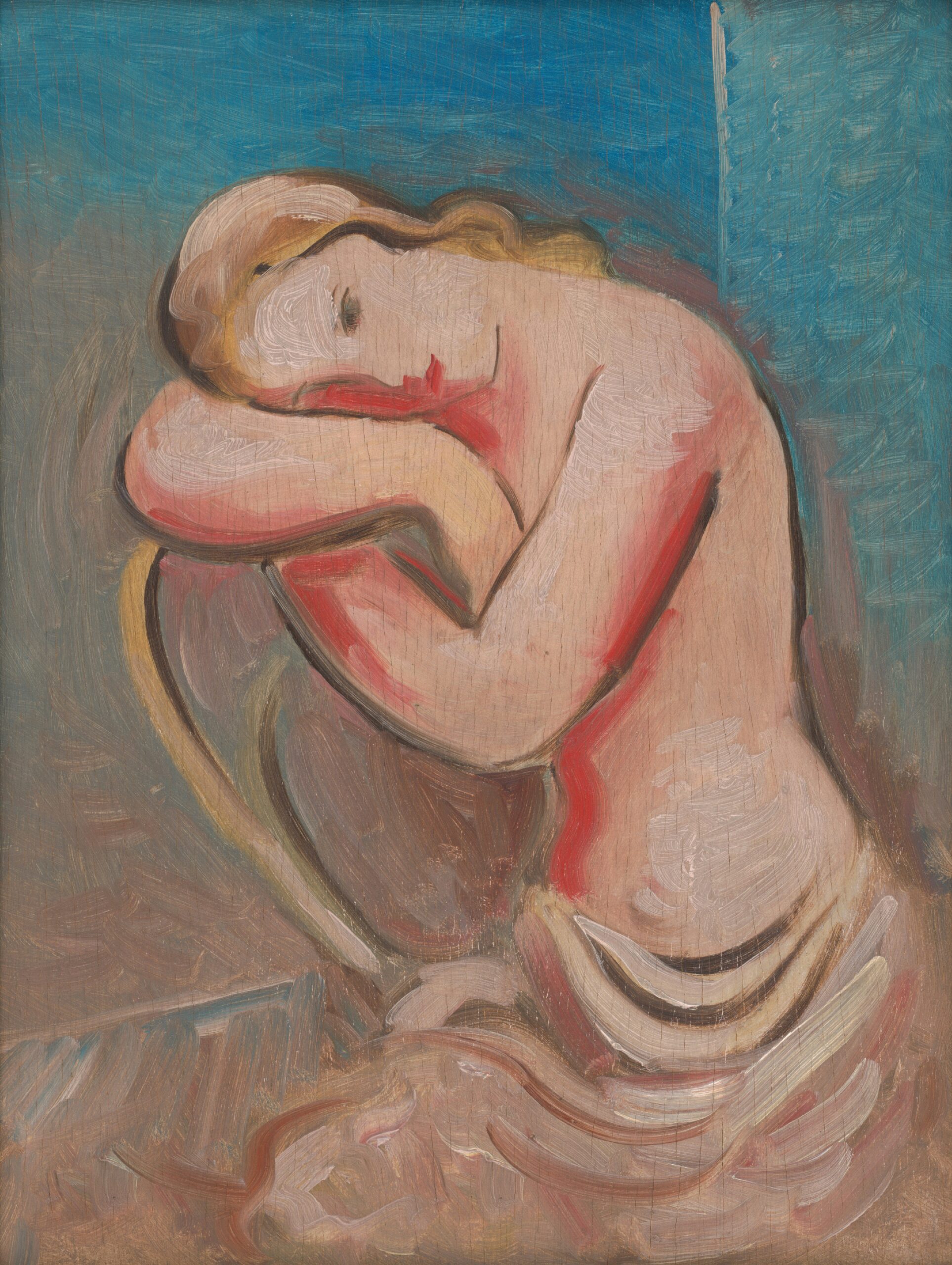
Another Christmas, another panto. A tale as old as time here in Dublin, or as old as 1774 when the curtain first went up on Harlequin’s Funeral at the Theatre Royal in Smock Alley. Since then Pantomime, affectionately known as panto, has been a staple of the Christmas holidays. But I’m getting ahead of myself, let’s take it back to basics, back to Italy.
The earliest version of pantomime was a take on the Italian street theatre of the 16th century known as Commedia dell’arte. The genre used stock characters such as the mischievous Harlequin and the greedy Pantalone to enact very physical, improvised performances in varied settings. Drawing from Commedia dell’arte, original pantomimes were Harlequinades. The original influence of Commedia dell’arte can still be seen in modern pantomimes, for example with the Good Fairy entering from stage right, which was used in Commedia to signify Heaven, and the villain entering from stage left, which symbolised Hell.
During the Victorian era of pantomime, features such as gender switching were introduced. At this time,there was a move away from Harlequinades and theatres started adapting fairy tales and stories such as Cinderella, Robinson Crusoe, and Aladdin. During this, the Gaiety Theatre began their annual pantomime, which is still running today. In December 1837 the Gaiety came onto the panto scene with King Turko the Terrible, a show so fantastic it made its way into James Joyce’s novel Ulysses. (Wow, writing about the Christmas Panto and Ulysses in the same article was not on my 2024 Bingo Card). But it is true: Leopold Bloom references the character Turko the Terrible multiple times throughout the novel, and in the chapter ‘Ithaca’, another Gaiety Christmas panto, ‘Sinbad the Sailor’ gets a shoutout.
The panto was now as popular and beloved in Ireland as it was in England. It continued annually throughout both World Wars and an episode of Spanish Flu in 1918. In the 1940’s the Abbey Theatre developed an Irish language pantomime that ran for 21 years. By this time, pantomimes had become popular throughout amateur theatre groups, and soon every church hall was filled with the shouts of “He’s behind you!” The 1970’s saw the Queen of Dublin pantomime, Maureen Potter, take to the stage at the Gaiety. Maureen performed in the Gaiety pantomime until 1987 and was the first actor to have her handprints placed outside the theatre in the early 2000s.
Today, the pantomime is as popular as ever and remains an important part of many families’ Christmas traditions. Whether it is taking part in your local am-dram production, or going down to Dublin on Christmas Eve to watch the Gaiety, James Joyce-approved antics, it is hard not to enjoy the bad puns, local in-jokes, and extravagant pop medley finale, Oh yes it is! (Sorry I couldn’t help myself). And if this article has left you nostalgic and longing to Boo and Hiss at a panto villain instead of your flatmate who still hasn’t taken out the bin, then I will leave you with details of some of the pantomimes coming to Dublin this festive season. The Gaiety is back with Peter Pan, DLR Mill is staging Jack and the Beanstalk and the Olympia is producing a twist on Disney’s Frozen with Olly and Polly are Freezin’.






